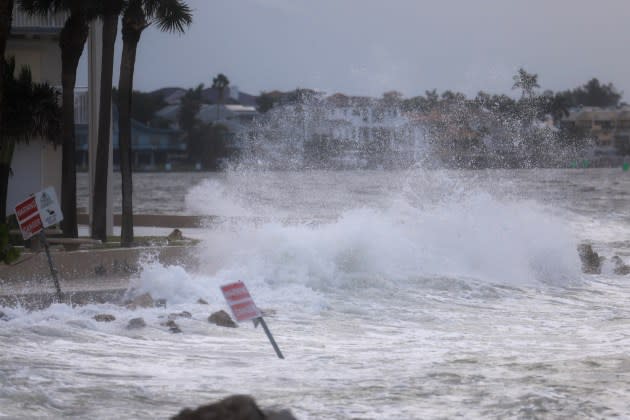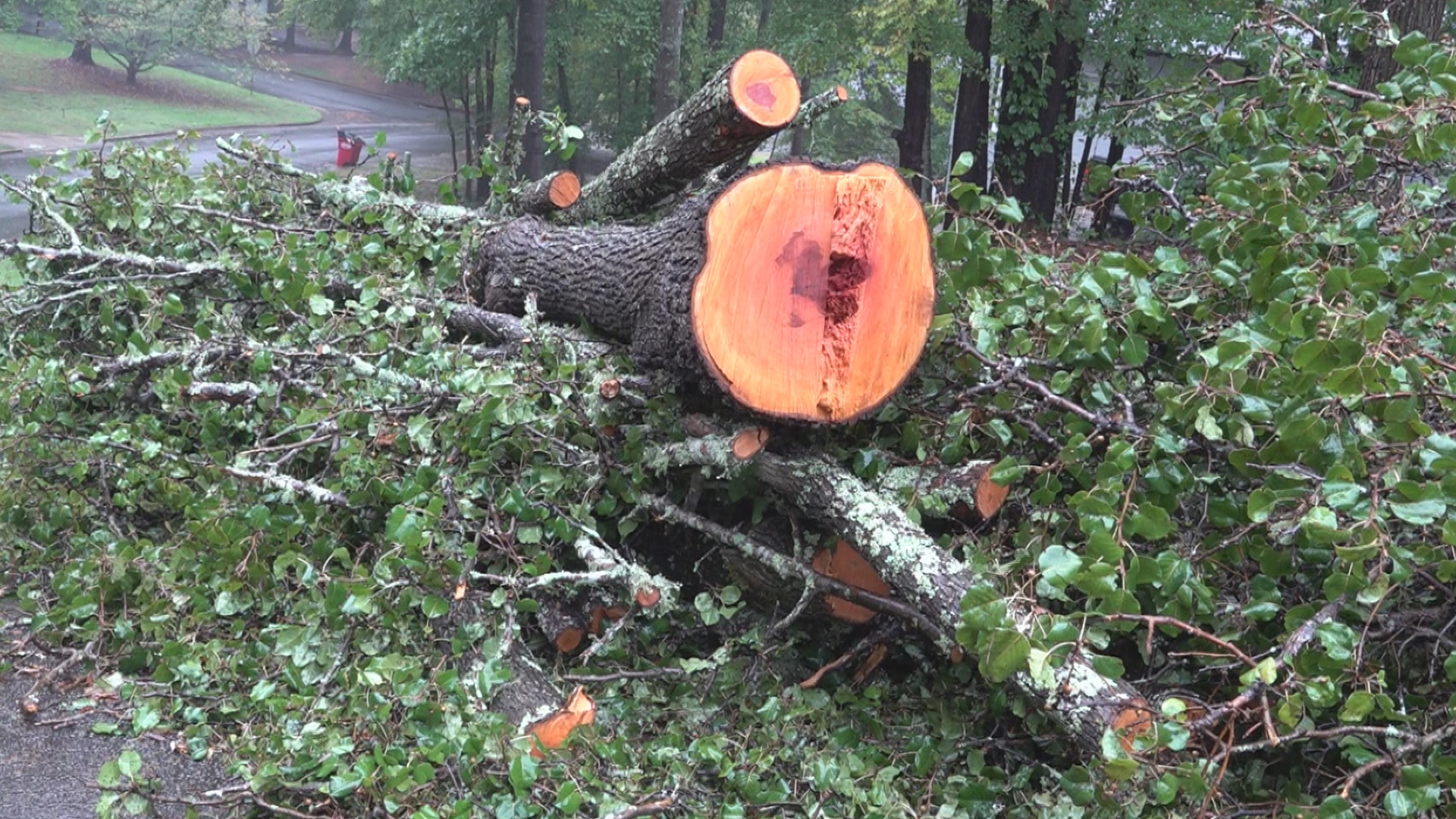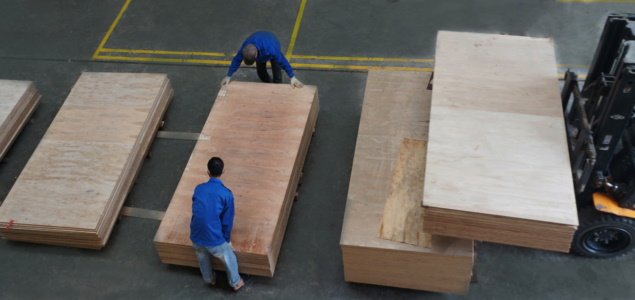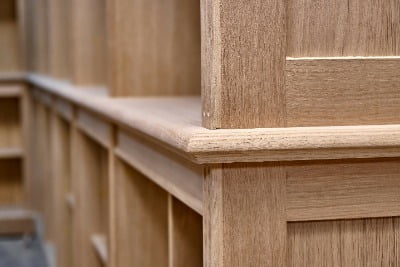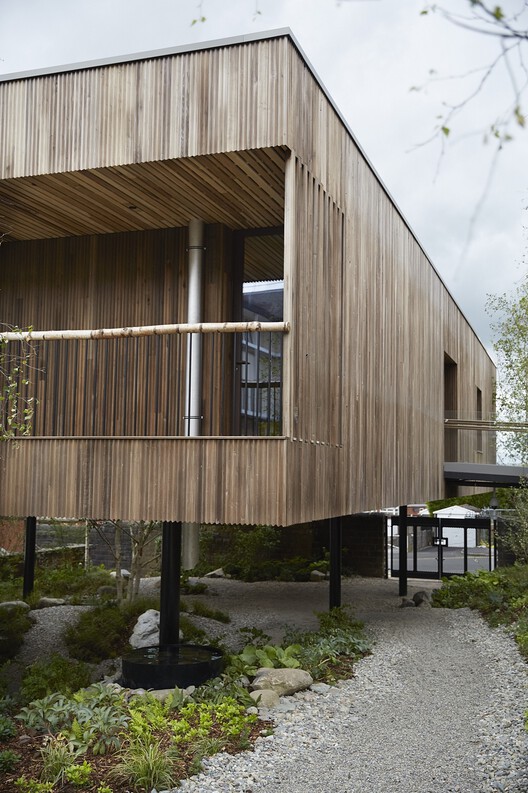The impact of Hurricane Helene on the wood industry has been both significant and devastating, affecting not only the US market but the global wood industry as a whole. As one of the most destructive hurricanes in recent years, Hurricane Helene has caused widespread damage to forests, disrupted supply chains, and led to a spike in wood prices. In this article, we will explore the 10 shocking ways this hurricane has impacted the wood industry, both in the US and around the world.
1. Destruction of Forest Resources
The impact of Hurricane Helene on the wood industry began with the destruction of large forest areas. Trees were uprooted, snapped, and damaged beyond recovery, particularly in the southern and southeastern parts of the US. This devastation has resulted in a reduced supply of raw timber, affecting sawmills, logging companies, and wood-based industries.
2. Disruption of Supply Chains
One of the most significant effects of Hurricane Helene on the wood industry was the disruption of supply chains. As roads, railways, and ports were heavily damaged, transporting logs and finished wood products became challenging. This disruption caused delays in delivering wood to manufacturers and retailers, impacting production schedules and leading to shortages.
3. Increase in Wood Prices
A direct consequence of the reduced supply and disrupted supply chains was the surge in wood prices. The impact of Hurricane Helene on the wood industry led to a dramatic increase in the cost of lumber, plywood, and other wood products. In the US alone, prices spiked by over 20%, causing challenges for builders, contractors, and homeowners.
4. Negative Effects on the Furniture Industry
The furniture industry was not spared from the impact of Hurricane Helene on the wood industry. With a scarcity of raw materials and rising prices, furniture manufacturers faced difficulties in maintaining production levels. This led to increased prices for finished products, delayed deliveries, and a slowdown in new product launches.
5. Job Losses in the Wood Sector
Hurricane Helene’s destructive path caused a significant loss of jobs in the wood sector, especially in regions that heavily depend on logging and wood processing. Saw mills and wood processing plants were forced to shut down due to damaged infrastructure and the shortage of raw materials. The impact of Hurricane Helene on the wood industry has, therefore, had a negative effect on employment rates in affected areas.
6. Environmental Impact and Loss of Habitats
The impact of Hurricane Helene on the wood industry has extended beyond economics, as it also had a negative impact on the environment. The destruction of forests not only reduced the supply of wood but also led to the loss of wildlife habitats. It will take years, if not decades, for the damaged ecosystems to recover fully.
7. Increased Demand for Alternative Wood Sources
Due to the impact of Hurricane Helene on the wood industry, there has been an increased demand for alternative wood sources. This includes importing wood from other countries, which has further affected global wood prices and supply chains. Countries like Canada, Brazil, and parts of Europe have seen a rise in exports to meet the demand in the US market.
8. Rise in Illegal Logging Activities
Unfortunately, the impact of Hurricane Helene on the wood industry has also led to a rise in illegal logging activities. As the demand for wood increased, some unscrupulous individuals and companies turned to illegal logging to fill the gap. This has further endangered forests, leading to increased deforestation and environmental degradation.
9. Changes in Construction and Building Trends
The construction industry has also felt the impact of Hurricane Helene on the wood industry. With skyrocketing wood prices and limited availability, builders have started exploring alternative materials such as steel, concrete, and engineered wood products. This shift in construction trends could have a long-term impact on the wood industry as more sustainable alternatives are adopted.
10. Boost in Reforestation and Sustainable Wood Initiatives
Despite the many negative effects, there has been a positive outcome from the impact of Hurricane Helene on the wood industry. Many governments, environmental organizations, and private companies have initiated reforestation and sustainable wood harvesting projects. These initiatives aim to restore damaged forests, promote sustainable logging practices, and ensure the long-term viability of the wood industry.
Why Is the Impact of Hurricane Helene on the Wood Industry So Severe?
The severity of the impact of Hurricane Helene on the wood industry can be attributed to the storm’s intensity, wide reach, and the fact that it hit regions with dense forest coverage. As one of the strongest hurricanes in recent years, Helene’s winds and heavy rains led to extensive tree damage, flooding, and soil erosion, which compounded the challenges faced by the wood industry.
What Can Be Done to Mitigate the Impact?
To mitigate the impact of Hurricane Helene on the wood industry, there are several steps that businesses, governments, and communities can take:
- Invest in Reforestation Projects: Planting trees and restoring damaged forests can help replenish wood supplies and protect the environment.
- Promote Sustainable Wood Harvesting: Adopting sustainable logging practices can reduce the risk of over-harvesting and ensure the long-term health of forests.
- Diversify Supply Chains: By sourcing wood from different regions and countries, businesses can minimize the risk of future disruptions caused by natural disasters.
Conclusion: The Long-Term Impact of Hurricane Helene on the Wood Industry
The impact of Hurricane Helene on the wood industry will be felt for years to come. As the industry works to recover, it’s essential to focus on sustainable practices, invest in reforestation, and adapt to changes in market trends. While the challenges are significant, there is an opportunity for the wood industry to emerge stronger, more resilient, and better equipped to handle future natural disasters.
You can read more articles by visiting our blog here.


